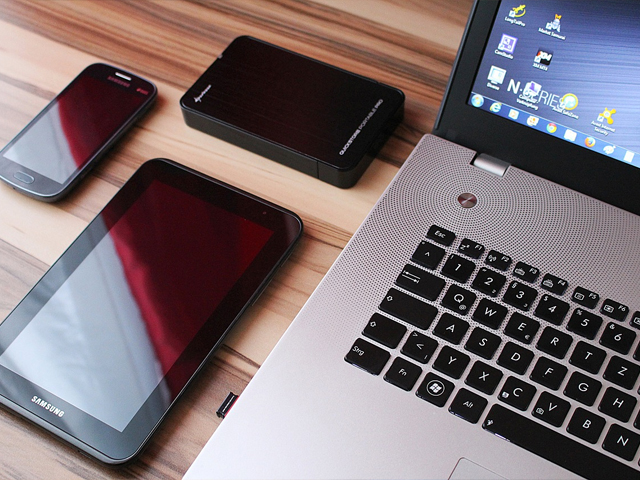Technology Disruption within Finance
Digital payment systems are the newest form of electronic currency to hit the markets and is widely accepted by many as an official form of currency. According to Wiki, Bitcoin, for example, is a decentralized digital currency that enables instant payments to anyone, anywhere in the world. Peer-to-peer technology is primarily used to operate with no central authority: transaction management and money issuance are carried out collectively by the network. Digital payment systems use digital currency which is sent easily through the Internet, without needing to trust any third party.
• Transactions:
o Are irreversible by design
o Are fast. Funds received are available for spending within minutes.
o Cost very little, especially compared to other payment networks.
• The supply of digital currency is regulated by software and the agreement of users of the digital payment systems and cannot be manipulated by any government, bank, organization or individual. The limited inflation of digital currency and its supply is distributed evenly (by CPU power) to miners who help secure the network.
Digital currency has managed to create a financial system designed to “Disrupt” the banking/finance industry. From reading various sources, the intent behind the technology was to create a way to exchange currency without the rules that govern banks. The technology behind the digital payment systems and digital currency is not regulated and is self-policed. Was there a demand for this market? This is the kind of “out of the box” thinking that created services like Bitcoin, Paypal, Google Wallet and Apple Pay. The launch of several major digital payment system services is now going on 6 years with a growing customer base year after year. It stands to reason that this Digital payment systems service and digital currency is not going away.
The technology behind digital payment systems Is the focus of this blog. The emerging innovation that controls the digital payment systems are built on top of Big Data Technology. The systems utilize thousands of nodes, hundreds of thousands of database records, if not millions, and it utilizes these technological layers with split second response time.
The traditional banking transactions systems cannot match the transaction performance demonstrated by the Big Data Technology driving the digital payment system transactions. The traditional banking transactions must cross through several layers of technology in order to reach its customers. The data associated with these traditional banking systems are heavily regulated, secured, encrypted, monitored and otherwise policed, so that every transaction is accounted for.
With the current technology driving traditional banks, I think it would be safe to say that the banking industry is more than likely going to transform over the next 10 years into more of a digital payment systems look alike. I believe that the emerging technology driving digital currency is forcing this transformation. Why do I believe this is so? I believe this because the customer base of digital payment systems is growing. Look at the partnerships between digital payment systems like Paypal and Bitcoin accepting payments on behalf of digital shopping carts for major retailers.
These same digital payment systems are not offering credit and other financial services as well. This is what industry experts consider the making of a digital transformations and how they take shape. One day some college students created a networking system that was made so that students could communicate, share pictures, share ideas and much much more which ultimately created something new called Social Media. This might be a crude example of a digital transformation, but I think you all get the point.
Big Data, machine learning and data analytics is the future of technology. I do not think that anyone who understand the contributions Big Data innovation has had on emerging technology would disagree. Within this future are many new technological advancements, innovations and emerging technologies. Google Wallet, Paypal, Apple Pay, Bitcoin and other cloud based digital payment systems are just a few examples of what has happened since 2010.
Hadoop was first released in 2008 and it has taken a huge presence within the innovative ranks. I would consider this a larger example of emerging tech since 2010. The future is not that far off. With the number of tech startups that are popping up this is a representation of an army of technology inventors that are releasing new inventions daily, weekly, monthly and yearly continuously impacting the Technology landscape. Banking as we know it has already changed. Traditional banking is also transforming but this transformation will take some time as banking is redefining itself within the global community.










